 At the Beijing International Auto Show, Chinese-made new energy vehicle models attract attention at a NIO booth, Beijing, China, April 29, 2024. /CFP
At the Beijing International Auto Show, Chinese-made new energy vehicle models attract attention at a NIO booth, Beijing, China, April 29, 2024. /CFP
At the Beijing International Auto Show, Chinese-made new energy vehicle models attract attention at a NIO booth, Beijing, China, April 29, 2024. /CFP
Editor’s note: Sheng Zhongming is a research fellow at the China Finance 40 Forum (CF40) think tank. The article reflects the author’s opinions and not necessarily the views of CGTN. It has been translated from Chinese and edited for brevity and clarity.
China’s new energy sector has experienced rapid growth both in scale of production and export in recent years, attracting widespread attention.
To understand the dynamics driving this expansion and China’s position in the global market, three key issues need clarification: the underlying demand for new energy products, the role of subsidies and the sources of China’s export advantage.
China’s new energy industry driven by global demand
Firstly, the expansion of China’s new energy production is driven by global demand for carbon reduction.
Reports from the International Energy Agency show that if all countries fulfill their emission reduction commitments, by 2030, the annual demand added for new energy vehicles and lithium batteries globally will exceed 70 million units and 6,600 gigawatt-hours (GWh), respectively, which are 5.5 and 4.9 times the global output in 2023. This means that it is imperative to achieve average annual growth rates of at least 25.5 percent and 27.5 percent for the production of new energy vehicles and lithium batteries, respectively, from 2024 to 2030.
Reports from the International Renewable Energy Agency also suggest that to meet global temperature control goals, the cumulative installed capacity of global photovoltaic power generation needs to reach at least 5,200 gigawatts (GW) by 2030. This means that from 2024 to 2030, the average annual growth rate of cumulative installed photovoltaic capacity needs to reach 18.4 percent, and the average annual installed capacity added needs to be higher than 515 GW, roughly equivalent to China’s current level of photovoltaic cell production.
The substantial demand brought about by global carbon reduction processes is the driving force behind the expansion of China’s new energy production.
Role of subsidies in China’s new energy industry
Secondly, subsidies for the new energy industry are not unique to China and do not provide a competitive advantage.
To tackle climate change and achieve their respective carbon reduction targets, countries worldwide are extensively subsidizing their domestic new energy industries.
In 2022, the U.S. passed the Inflation Reduction Act and planned to spend $391 billion by 2031 to subsidize clean power production and transportation. Under the current new policies, the subsidy for new energy vehicles in the U.S. has not been weakened but has become more discriminatory. To receive tax credits, new energy vehicles must be assembled and produced in North America, and the key minerals in the power batteries and battery materials carried must be sourced from the U.S. or countries that have signed free trade agreements with the U.S.
Japan initiated subsidies for clean energy vehicle models such as electric and clean diesel cars as early as 2008. Germany also started universal subsidies for the sale of new energy vehicles in May 2016.
China implemented a wide-ranging subsidy policy for new energy vehicles in 2013, but this policy was officially phased out in 2023. Moreover, China’s subsidy intensity for new energy vehicles is not high: the tax credit for new energy vehicles in the U.S. is between $2,500 and $7,500 per vehicle, Germany’s subsidy still stands at $3,200 per vehicle in 2024 despite a continuous decrease and Japan’s lowest subsidy amount currently exceeds $2,800 per vehicle, while China’s subsidy before the withdrawal was less than $2,000 per vehicle.
Reasons for China’s export advantage
Finally, China’s export advantage in new energy products stems from technological advancement, economies of scale and a comprehensive industrial chain.
Technological advancements have significantly reduced production costs and improved efficiency in the photovoltaic field, making photovoltaic power generation more competitive against coal-fired power generation. Solar grid integration has also progressed rapidly, especially in middle-income and low-income countries, driving the global green transformation process.
The expansive market scale and rapid technological updates in the new energy sector have provided significant opportunities for research and development. Chinese auto companies are leveraging the vast consumer market and diverse vehicle usage environment to develop competitive technologies applicable to new energy vehicles.
China’s new energy industry has benefited from a comprehensive supply chain in the photovoltaic and lithium battery fields. This has ensured production efficiency and competitiveness, supported by advanced industrial infrastructure and policy environments.
In conclusion, China’s growth in the new energy sector has been driven by global demand for carbon reduction, supported by subsidies that are not unique to China, and built upon solid industrial competitive advantages. This expansion has not only contributed to global and domestic green transformation but also fostered new drivers for China’s economic development.




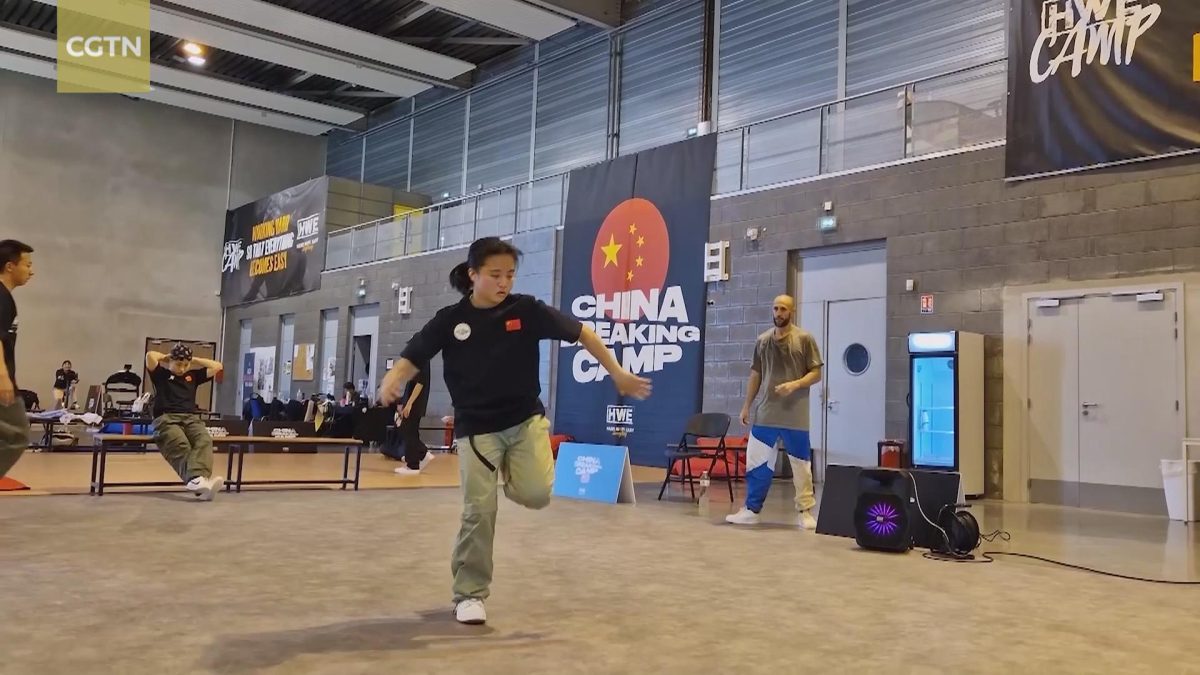



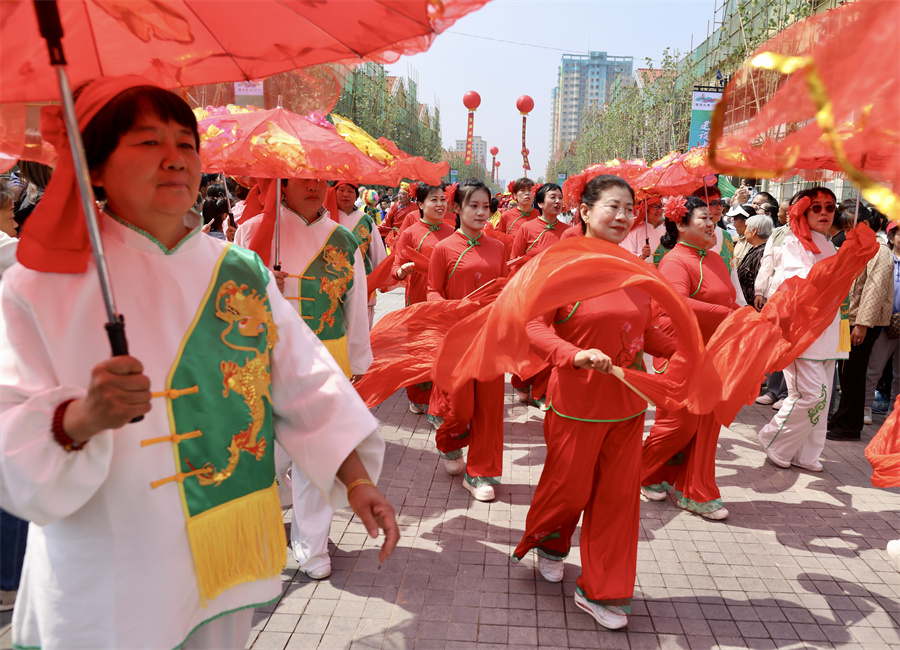
 Folk artists perform in Shehuo, a collection of traditional folk shows, in Qingxu county, Shanxi province, May 1, 2024. [Photo by Zhu Xingxin/chinadaily.com.cn]
Folk artists perform in Shehuo, a collection of traditional folk shows, in Qingxu county, Shanxi province, May 1, 2024. [Photo by Zhu Xingxin/chinadaily.com.cn]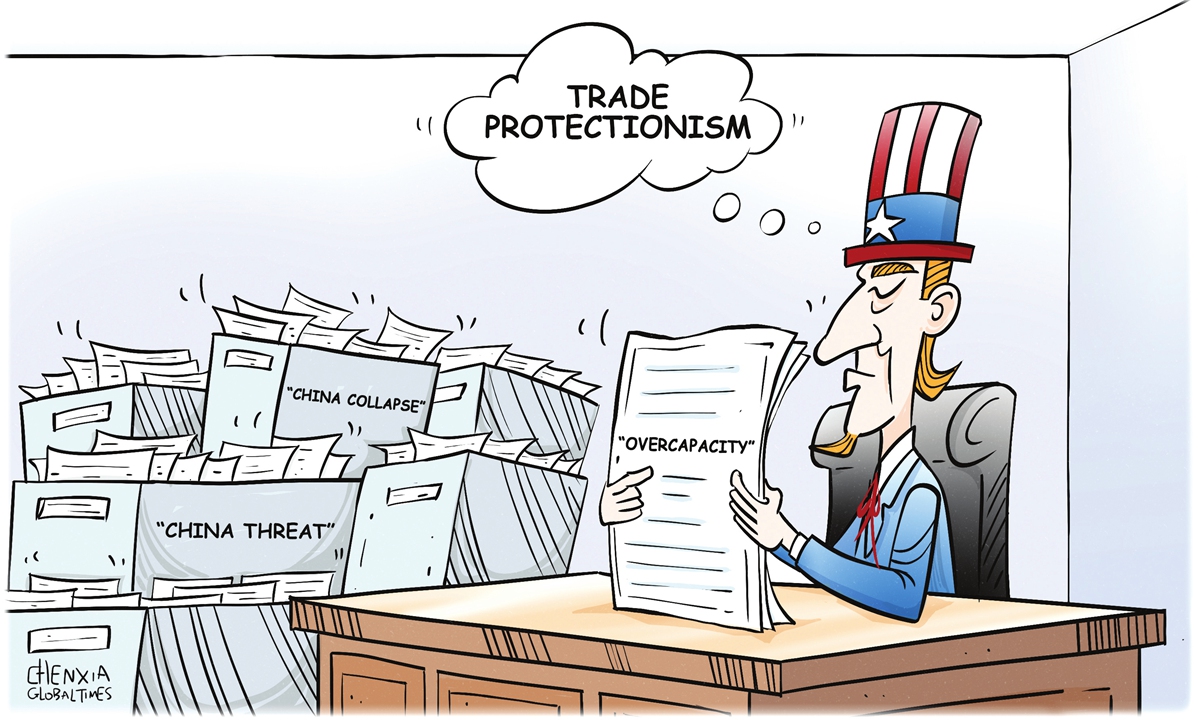
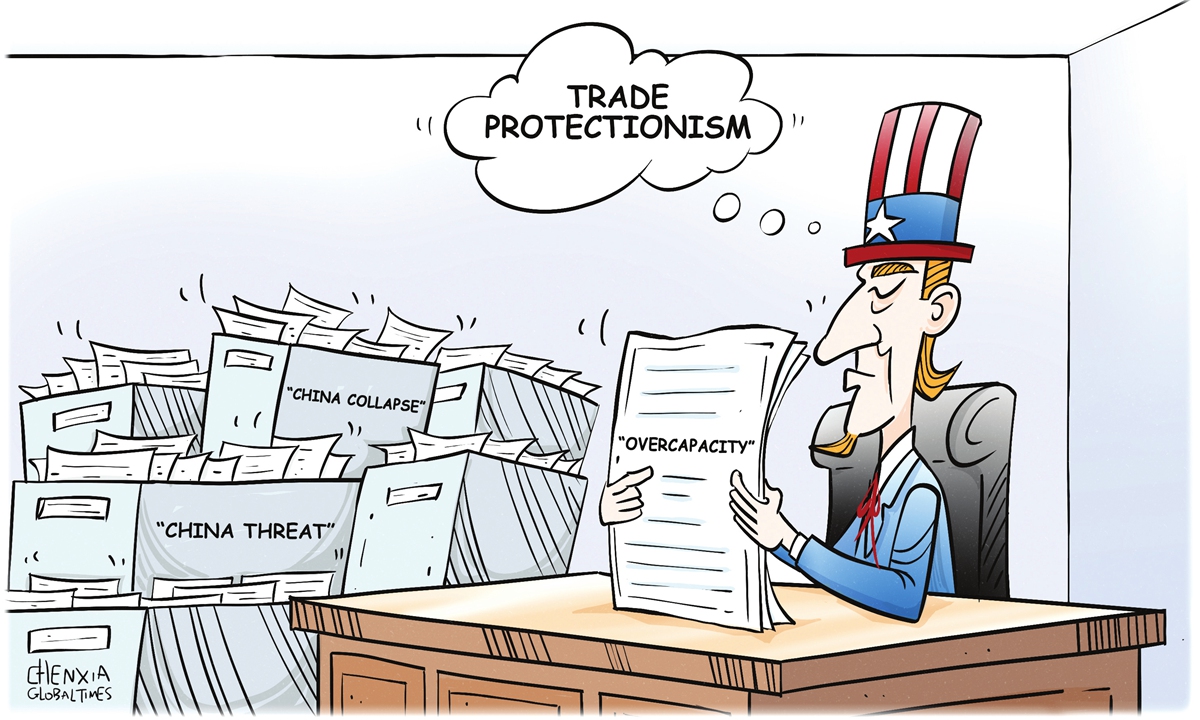
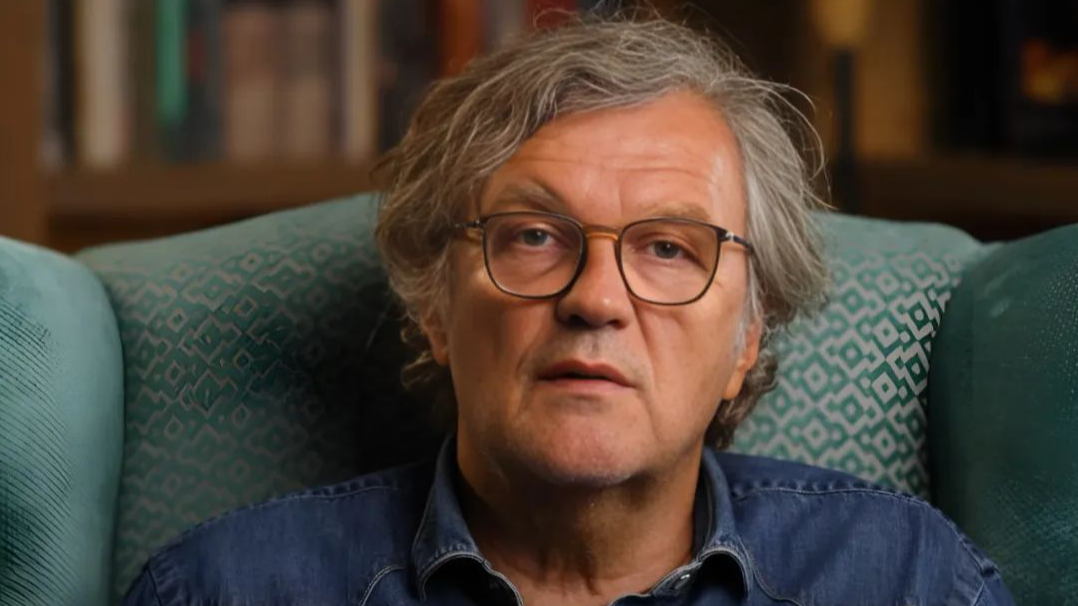
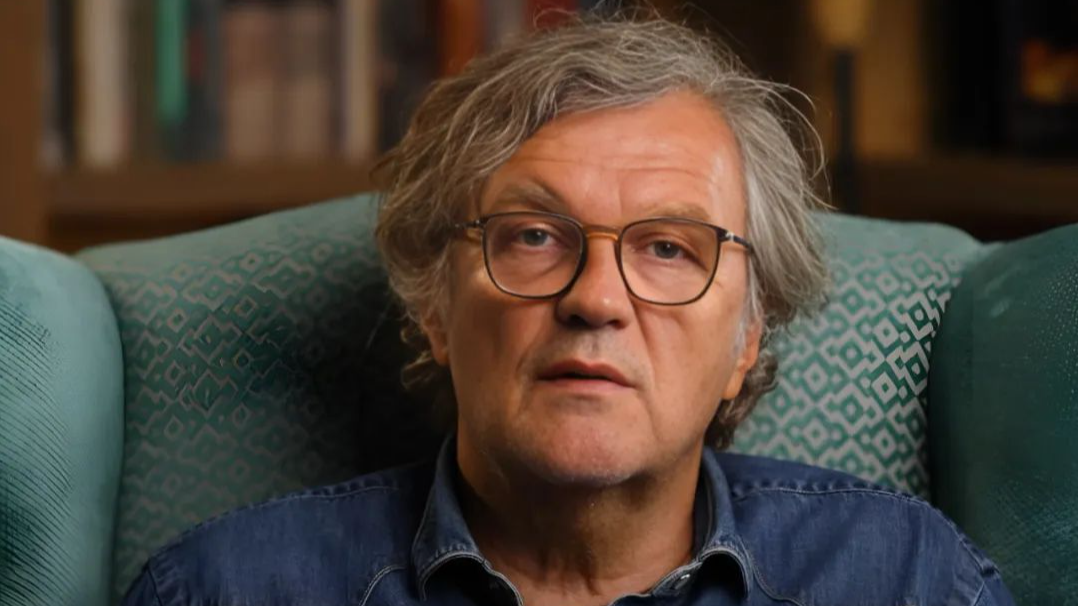 A photo shows Serbian film director Emir Kusturica. /BJIFF
A photo shows Serbian film director Emir Kusturica. /BJIFF  A poster shows the eight films by Serbian director Emir Kusturica screened during the 14th Beijing International Film Festival. /BJIFF
A poster shows the eight films by Serbian director Emir Kusturica screened during the 14th Beijing International Film Festival. /BJIFF  A still from Kusturica’s documentary “Maradona.” /BJIFF
A still from Kusturica’s documentary “Maradona.” /BJIFF 


 At the Beijing International Auto Show, Chinese-made new energy vehicle models attract attention at a NIO booth, Beijing, China, April 29, 2024. /CFP
At the Beijing International Auto Show, Chinese-made new energy vehicle models attract attention at a NIO booth, Beijing, China, April 29, 2024. /CFP